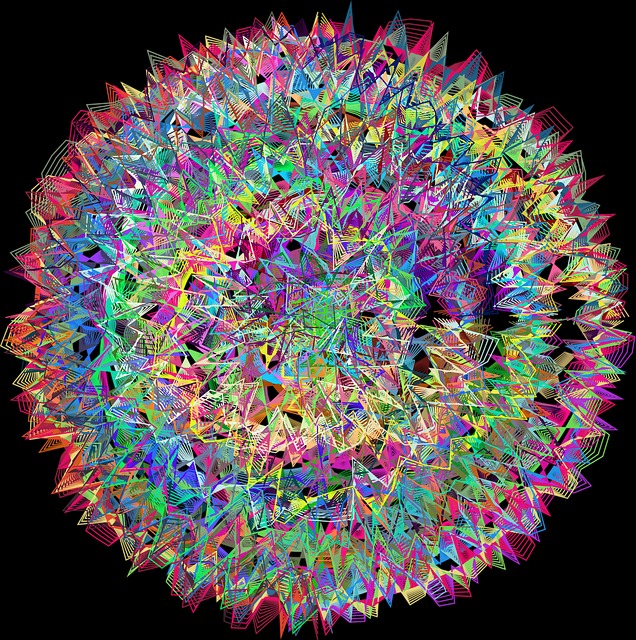05-17 09:12
| 일 | 월 | 화 | 수 | 목 | 금 | 토 |
|---|---|---|---|---|---|---|
| 1 | 2 | 3 | 4 | |||
| 5 | 6 | 7 | 8 | 9 | 10 | 11 |
| 12 | 13 | 14 | 15 | 16 | 17 | 18 |
| 19 | 20 | 21 | 22 | 23 | 24 | 25 |
| 26 | 27 | 28 | 29 | 30 | 31 |
Tags
- Polymolphism
- Entity Set
- 리눅스
- Class
- preprocessing
- Binary Search
- OOP
- Entity
- python
- X.org
- Mac
- X윈도우
- Java
- Physical Scheme
- 자바
- BFS
- Operator
- spring
- literal
- 백준
- systemd
- selenium
- Reference Type
- Inheritance
- External Scheme
- dbms
- Unity
- descriptive statistics
- 리눅스 마스터 1급
- 셀레니움
Archives
- Today
- Total
Byeol Lo
K-means 알고리즘 구현 본문
unsupervised learning 중에 k-means 알고리즘을 읽고 구현해보았다.
1차 시도
import numpy as np
import matplotlib.pyplot as plt
# 데이터들
data = np.array([
[-1, 0],
[0, 0],
[2, 2],
[3, 2],
[3, 3],
[-1, -1]
], dtype=np.float32)
# initial center
center0 = data[0]
center1 = data[1]
iter = 3
for _ in range(1, iter +1) :
res = np.stack(
(np.sum((data - center0)**2, axis=1),
np.sum((data - center1)**2, axis=1)),
axis=0
)
argmin_list = np.argmin(res, axis=0)
center0 = np.mean(data[argmin_list==[0]], axis=0)
center1 = np.mean(data[argmin_list==[1]], axis=0)
cluster0 = data[argmin_list==[0]]
cluster1 = data[argmin_list==[1]]
plt.scatter(center0[0].reshape(-1,1), center0[1].reshape(-1,1), color="#00ffff")
plt.scatter(center1[0].reshape(-1,1), center1[1].reshape(-1,1), color="#0000ff")
plt.scatter(cluster0[:, 0], cluster0[:,1], color="#ff0000")
plt.scatter(cluster1[:, 0], cluster1[:,1], color="#ffff00")
plt.show()
2차 시도
import numpy as np
import matplotlib.pyplot as plt
# creating data
def random_3d_data(r, g, b, n=100, diff=5) :
res = np.concatenate(
(np.random.randint(r-diff, r+diff+1, (n, 1)),
np.random.randint(g-diff, g+diff+1, (n, 1)),
np.random.randint(b-diff, b+diff+1, (n, 1))),
axis=1
)
return res
# calculate distance
def distance(pos1, pos2, l_norm=2) :
return np.sum(np.abs((pos1-pos2) ** l_norm), axis=1)
train_data = np.concatenate(
(
random_3d_data(5, 10, 10, diff=20),
random_3d_data(20, 3, 3, diff=10),
random_3d_data(0, 0, 0, diff=15)
),
axis = 0
)
test_data = random_3d_data(10, 10, 10, diff=15)
iters = 5
k_cluster = 10
# initial center point
center = np.array(
train_data[np.random.randint(0, train_data.shape[0], (k_cluster,))],
dtype = np.float32
)
for _ in range(iters) :
# calculate argmax index
idx = np.argmin([distance(train_data, i) for i in center], axis=0)
# updating centeral points
for i in range(k_cluster) : center[i] = np.mean(train_data[idx == i], axis = 0)
idx = np.argmin([distance(test_data, i) for i in center], axis=0)
X = test_data[:, 0]
Y = test_data[:, 1]
Z = test_data[:, 2]
fig, ax = plt.subplots(
figsize=(10,10),
subplot_kw={'projection':'3d'}
)
ax.scatter(X, Y, Z, c=idx, cmap="inferno")
ax.scatter(center[:, 0], center[:, 1], center[:, 2],
marker="x", color="blue")
plt.show()
'AI' 카테고리의 다른 글
| 밑바닥부터 시작하는 딥러닝1 - 5. 합성곱 신경망 CNN (0) | 2023.06.15 |
|---|---|
| 밑바닥부터 시작하는 딥러닝1 - 4. 학습 기법 (2) | 2023.06.14 |
| 밑바닥부터 시작하는 딥러닝1 - 3. 오차역전파 (0) | 2023.06.14 |
| 밑바닥부터 시작하는 딥러닝1 - 2. 처리과정에서의 용어들 (0) | 2023.06.07 |
| 밑바닥부터 시작하는 딥러닝1 - 1. 퍼셉트론 (0) | 2023.06.07 |
Comments





